 The Juicy Bits
The Juicy Bits
Hopefully everyone had a happy Thanksgiving! November was an exciting one: The Michelin Guide hosted the 2025 Northeast Cities Guide Awards Ceremony in Philadelphia, awarding stars to restaurants in NYC, Chicago, Washington D.C., and for the first time ever, Boston and Philadelphia. Even some Philly cheesesteak spots made the list! On the downside, food and beverage tariffs are still in the news: Remember when Canada was boycotting U.S. liquor? They still are, but now Nova Scotia plans on selling its $14 million stockpile of U.S. liquor and donating net profits to charity. Oh, Canada. And if you eat a lot of pasta, you may wanna look into making your own. Prices are set to rise, as Italian pasta producers have just been slapped with an over 100% tariff on exports to the States. Are you a fan of the good ol' Farmer's Almanac? Get it while you can: the Farmer's Almanac has announced that its 2026 issue will be the last. The almanac has held its position as a reputable weather and environmental info source for over 200 years. So what is the future of farming? Japan may have the answer, as a group of Japanese scientists explores fish farming in space. How times have changed!
Happy Scrolling!
—Maddox Joachim
Restaurants
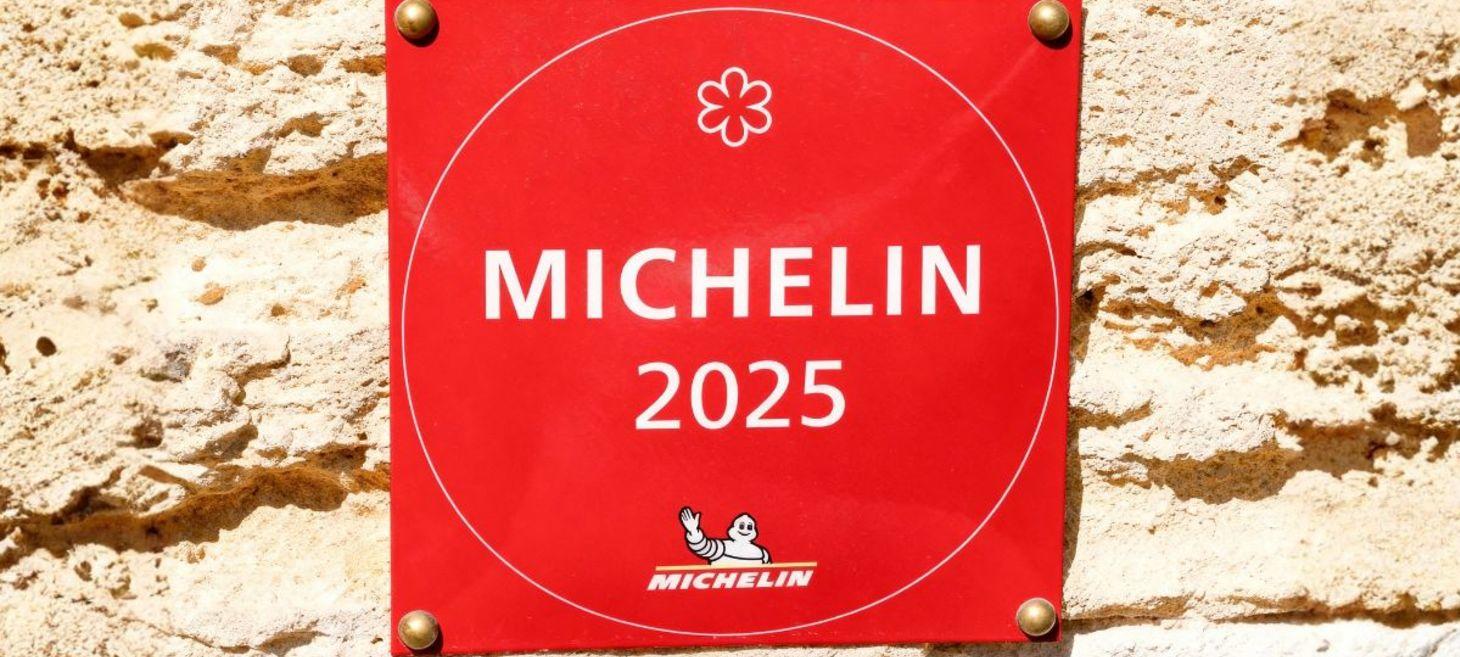
Philadelphia Makes Its Debut In The Michelin Guide
Image Source: Shutterstock
Philadelphia made its debut in the Michelin Guide this month and hosted the 2025 Northeast Cities Guide Award Ceremony at the Kimmel Center for Performing Arts. Aside from Philly, restaurants from NYC, Chicago, Boston, and Washington D.C. were also honored at the ceremony and hundreds of notable culinary figures from the region were in attendance. Philadelphia received three stars in total, as well as a flurry of bib gourmands and Michelin selected recommendations, including some cheesesteak spots of course. Stars were awarded to Friday Saturday Sunday, Her Place Supper Club, and Provenance. A green star was awarded to a fully vegan spot, Pietramala. Check out more of the Northeast Cities awards below!
Beverages
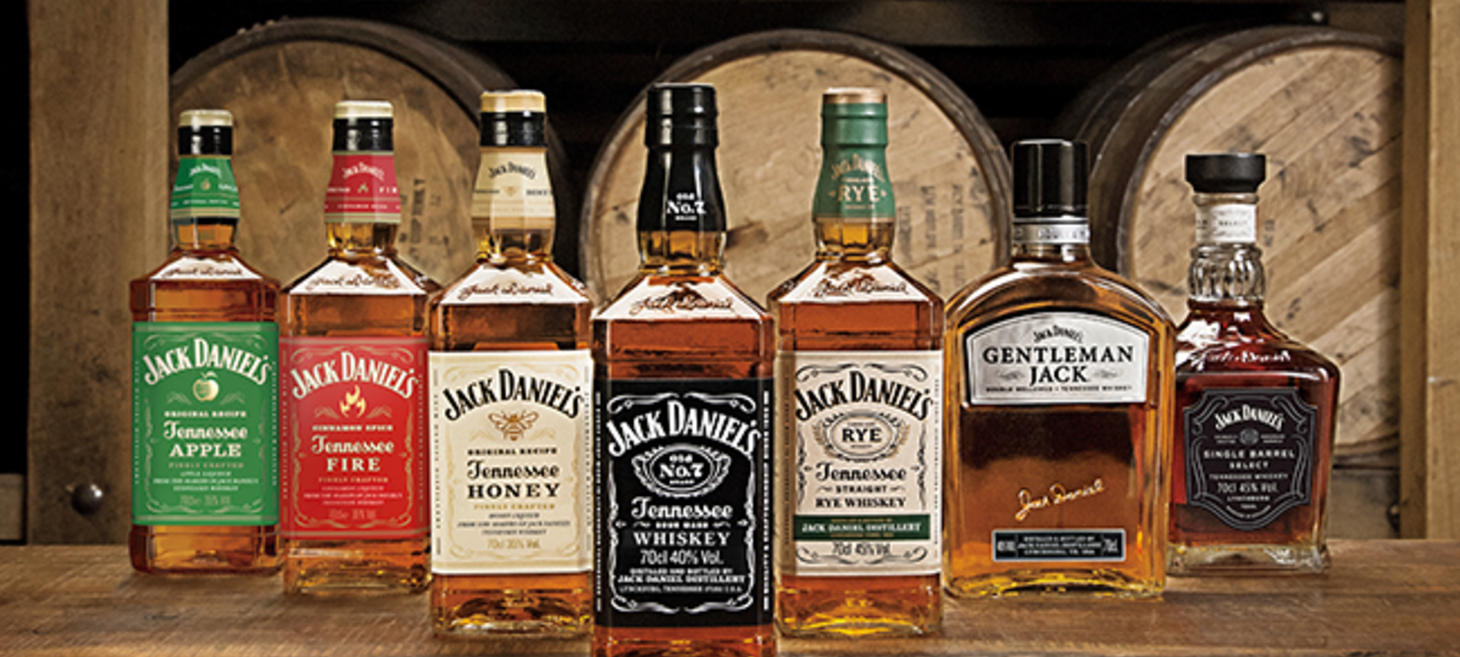
Nova Scotia Plans On Selling $14M U.S. Liquor Stockpile From Tariff Boycott
Image Source: Jack Daniel's
After the Trump administration put a 25% tariff on Canadian products back in March, the country responded with a mass boycott of U.S. alcohol. Canadians stopped buying beer and liquor from the states, and in Nova Scotia, U.S. spirits were removed from shelves all together. Now, the province is sitting on a $14 million stockpile of alcohol, which they have begun selling again this December. The province plans on donating profits to Feed Nova Scotia, a charity focused on food insecurity in the region.
Agriculture
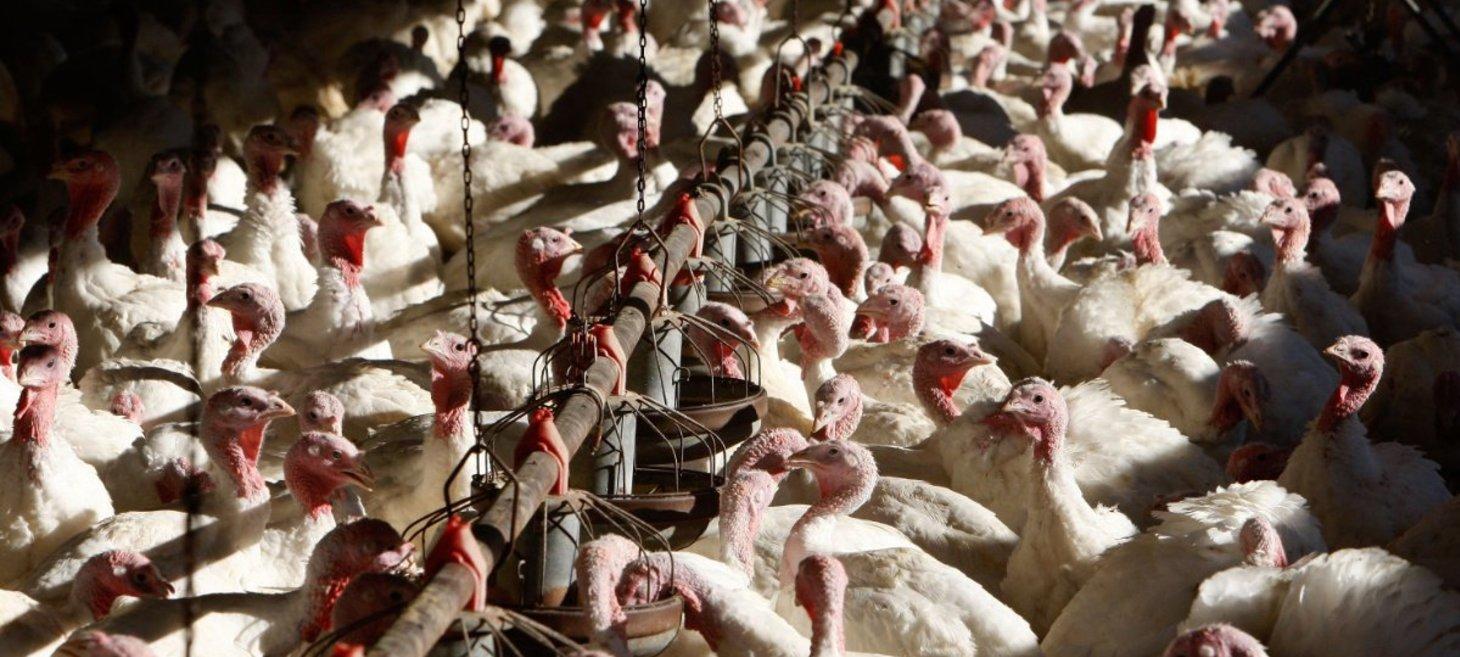
Continued Spread Of Bird Flu Affects Dairy Workers
Image Source: Justin Sullivan / Getty Images
The H5N1 virus, or bird flu, has been spreading among both poultry and dairy cattle, making its way into raw milks and cheeses (see last month's issue for details). The virus has since evolved and spread to hundreds of animal species, proving fatal for two humans so far, who were exposed to diseased poultry in their backyards. Now, in the absence of a successful vaccine for animals or humans, agriculture workers in the dairy sector may be at risk of contracting bird flu. The USDA has issued a plan to combat the outbreak, but experts worry the clock is still ticking on another harmful mutation of the virus.
Regulations
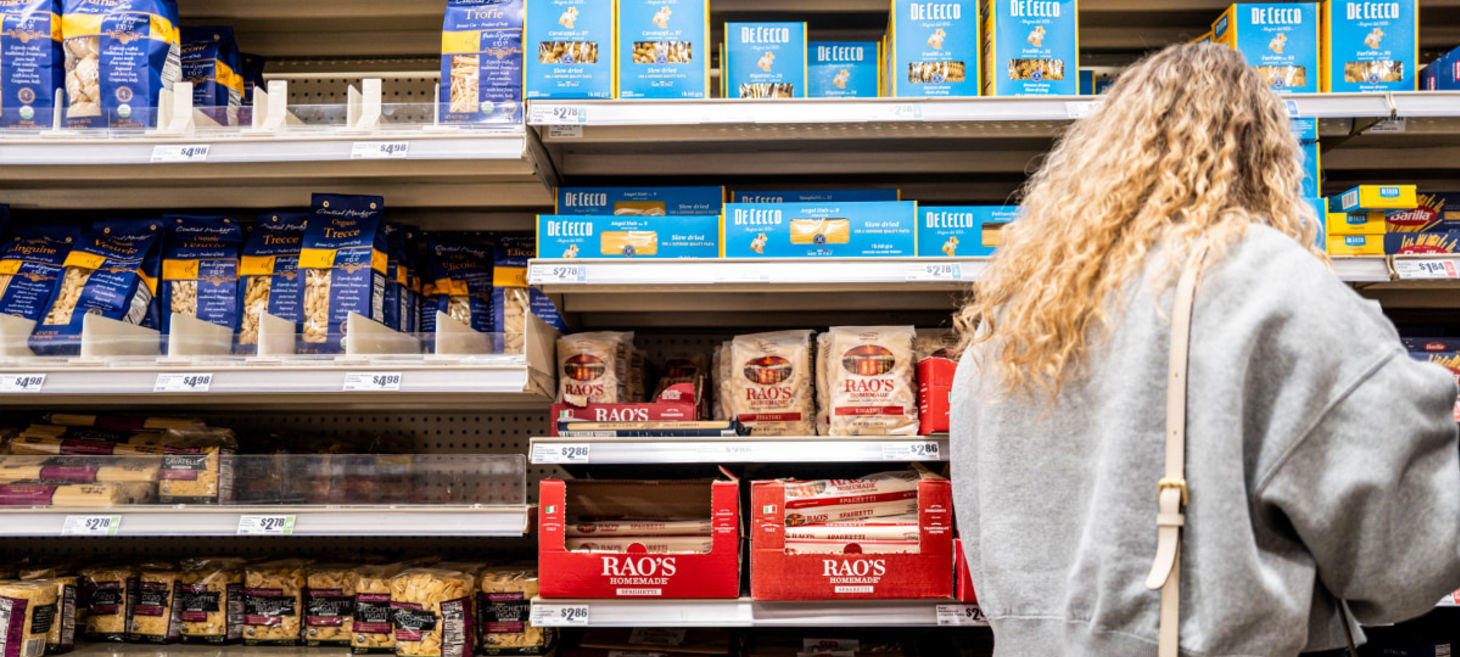
U.S. Commerce Department Proposes 107% Tariff On Italian Pasta Exports
Image Source: Brandon Bell / Getty Images
U.S. tariff rates on imported pasta could skyrocket up to 107% next month, affecting popular brands like Barilla, Garofalo, and Rummo, and most likely raising prices for consumers. Back in September, the U.S. Commerce Department issued a 92% tariff on 13 of the biggest Italian pasta exporters, and it's set to take effect this January, along with the existing 15% blanket tariff on EU exports. The move was put in place to level the playing field for American manufacturers, as legislators allege that popular Italian pasta brands are undercutting U.S. prices. The latest decision has pushed chefs like NYC's Salvo Lo Castro to move from importing Italian pastas restaurant to having staff make pasta by hand instead. “I don’t want to change the price for my guests," sas Lo Castro, "it’s very important."
More Regulations News
EPA Approves New PFAS Pesticides, Stoking Food Safety Concerns
The U.S. Issues Tariff Exemptions On Brazilian Coffee And Beef
Michigan Schools Debate Updating Peanut Allergy Guidelines As Rates Fall Among Youth
British Researchers Argue Rise In Ultra-Processed Foods Are A Global Health Threat
Trump Administration Considers Resurrecting The Food Pyramid
Science
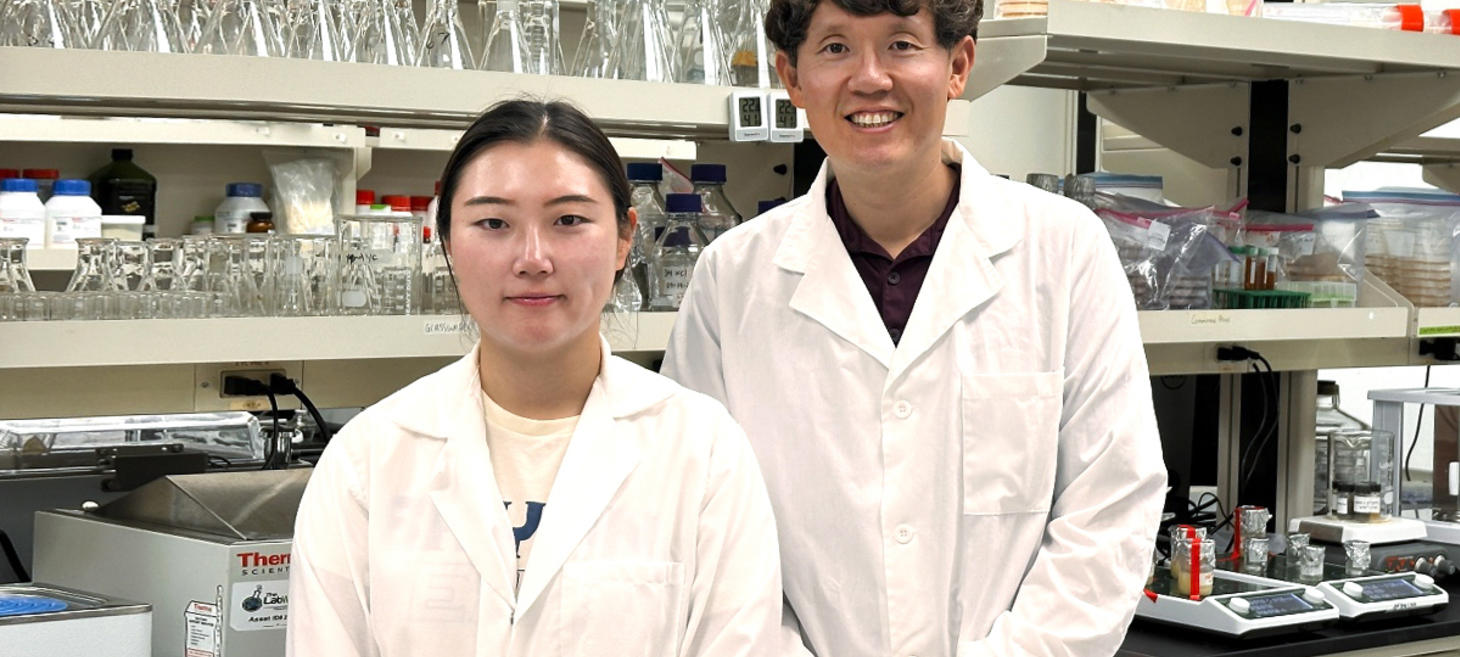
Texas A&M Researchers Develop Probiotic Waste-Based Vegetable Sanitizer
Image Source: Md. Abdur Razzak, Ph.D. / Texas A&M AgriLife
Producing probiotic foods like sauerkraut and kimchi generates thousands of gallons of nutrient-rich liquid that’s typically discarded. Scientists at Texas A&M have discovered a way to up-cycle this fermentation waste liquid into a sustainable food sanitizer. Seockmo Ku, Ph.D., an assistant food science professor, and Min Ji Jang, a doctoral student at the university, recently published their study results in the Chemical Engineering Journal, showing how their up-cycled sanitizer reduced salmonella counts and microbial levels on fresh radish sprouts. Support for the study came from the USDA's National Institute of Food and Agriculture, Islamic Food and Nutrition Council of America, and the World Institute of Kimchi in South Korea.
